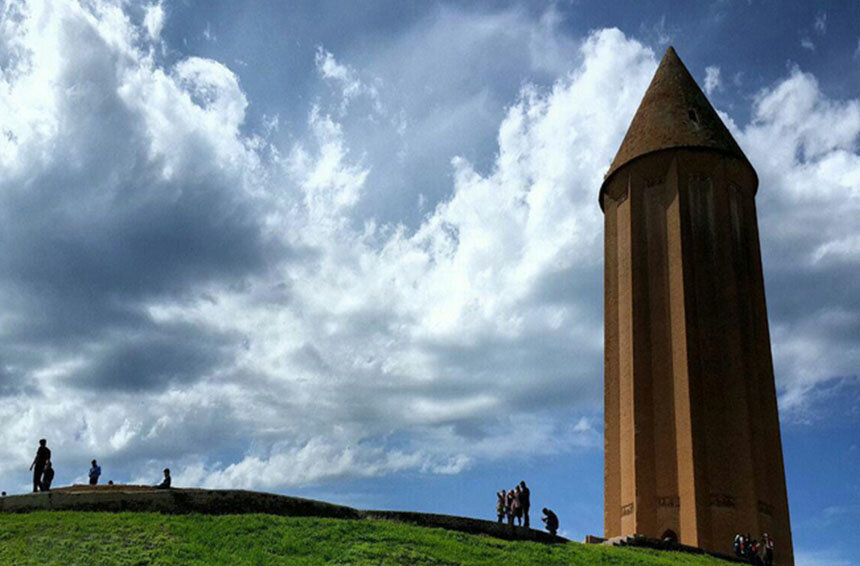No damage reported to Golestan’s historical sites following 5.1 quake

TEHRAN—A 5.1 magnitude earthquake which occurred near Fazelabad, Aliabad-e Katul county, Golestan province, on Sunday, didn’t damage the historical monuments and other spots of the province, said a cultural heritage chief of the province.
Hamid Omrani Rakavandi also said that due to the severity of the earthquake and importance of the historical monuments located in Aliabad-e Katul county as the epicenter of the quake, the cultural heritage experts examined the historical buildings in the area since the first minutes of the earthquake, and fortunately, reports indicate that no damage was caused to the historical buildings, IRIB reported.
He added that the Cultural Heritage Protection Unit forces in Aliabad-e Katul and other cities of the province are constantly inspecting the situation. In case of receiving any report on damage to the historical monuments and buildings, information will be disseminated, he pointed out.
The quake struck at 1:07 a.m., Sunday, July 19, near Fazelabad. The earthquake, which occurred at a depth of 10 kilometers, was felt in almost the entire province.
Golestan province, located in northern Iran, boasts a diverse array of tourism attractions, making it a prime destination for both sightseers and nature lovers. The provincial capital, Gorgan, features a rich historical fabric, including the well-preserved Esterabad district, which is renowned for its ancient houses, Tekyehs, madrasas, and mosques.
The iconic Gonbad-e Qabus tower is of high architectural importance as an exemplar and innovative design of early Islamic-era architecture. Visible from great distances in the surrounding lowlands near the ancient Ziyarid capital, Jorjan, the 53-meter high Gonbad-e Qabus dominates a modern town of the same name laid out around its base in the early 20th century.
Its hollow, cylindrical shaft of unglazed fired brick tapers up from an intricate geometric plan in the form of a ten-pointed star to a conical roof. Two encircling kufic inscriptions commemorate Qabus Ibn Voshmgir, Ziyarid ruler and literati as its founder in 1006 CE.
As mentioned by UNESCO, the monument bears testimony to the cultural exchange between Central Asian nomads and the ancient civilization of Iran.
Narratives say the tower has influenced various subsequent designers of tomb towers and other cylindrical commemorative structures both in the region and beyond. The structure capped by an eye-catching conical roof boasts intricate geometric principles and patterns which embellish parts of its load-bearing brickwork.
Beyond its historical significance, Golestan offers breathtaking natural landscapes, such as the lush Alangdareh and Naharkhoran forest parks, which provide visitors with opportunities for hiking, picnicking, and wildlife observation.
Golestan’s coastal areas along the Caspian Sea add to its allure, featuring pristine beaches and scenic views. The province is also home to several cultural and recreational festivals that celebrate its rich heritage and vibrant community.
KD
Leave a Comment